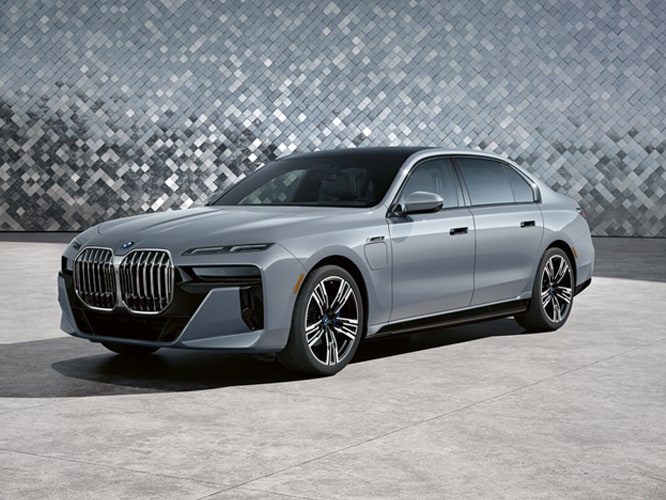Baykanber Insights
Your go-to source for the latest news and trends.
Hybrid Cars: The Sneaky Ninjas of the Automotive World
Discover why hybrid cars are the stealthy champions of efficiency in the automotive world. Uncover their secrets and join the green revolution!
What Makes Hybrid Cars the Stealthy Heroes of Eco-Friendly Driving?
Hybrid cars have emerged as the stealthy heroes of eco-friendly driving, blending the power of traditional internal combustion engines with the efficiency of electric propulsion. This dual approach not only reduces fuel consumption but also minimizes harmful emissions, making them an attractive option for environmentally conscious drivers. According to a report by the U.S. Department of Energy, hybrid vehicles can achieve fuel efficiencies that are significantly higher than those of their solely gasoline-powered counterparts, resulting in fewer trips to the fuel station and decreased overall carbon footprints.
Furthermore, the technology behind hybrid cars has advanced remarkably, with many models featuring regenerative braking systems that capture energy typically lost during braking to recharge the vehicle's battery. This innovative feature not only improves fuel efficiency but also enhances the driving experience by providing seamless transitions between power sources. As highlighted by CNBC, hybrid cars are not just a transitional technology but a viable long-term solution for eco-friendly driving, appealing to a broad range of consumers who seek sustainability without sacrificing performance.

5 Surprising Benefits of Driving a Hybrid Car
Driving a hybrid car can offer numerous advantages that often go unnoticed. One of the most surprising benefits is fuel efficiency. Hybrid vehicles combine a gasoline engine with an electric motor, allowing them to utilize less fuel than traditional cars. According to the U.S. Department of Energy, many hybrids achieve impressive fuel economy ratings, reducing the frequency of refueling and saving money at the pump.
Another unexpected benefit is the environmental impact. By driving a hybrid car, you contribute to lower greenhouse gas emissions, helping to combat climate change. In fact, the Environmental Protection Agency states that hybrids produce less CO2 compared to their conventional counterparts. This makes hybrids an eco-friendly choice for consumers looking to lessen their carbon footprint while enjoying all the conveniences of modern driving.
How Do Hybrid Cars Work? The Technology Behind the Sneaky Ninjas
Hybrid cars are remarkable vehicles that combine two different power sources to optimize fuel efficiency and reduce emissions. At the heart of a hybrid vehicle is an internal combustion engine (ICE) paired with an electric motor. This combination allows the car to switch seamlessly between the electric motor and the gasoline engine, depending on the driving conditions. During low-speed driving or idling, the electric motor takes over, ensuring that no fuel is wasted. When more power is needed, such as during acceleration, the gasoline engine kicks in, allowing for a boost in performance while maintaining efficiency. For more on the workings of hybrid technology, you can visit Energy.gov.
One of the key technologies behind hybrid cars is regenerative braking. This system captures the energy that is normally lost during braking and redirects it to recharge the battery. When the driver applies the brakes, the electric motor switches roles and acts as a generator, converting the kinetic energy of the car's movement back into electrical energy. This stored energy can then be used to power the electric motor, further enhancing fuel efficiency. The blend of these innovative technologies transforms hybrid cars into impressive machines, earning them the nickname sneaky ninjas of the automotive world. For additional insights on hybrid car technology, explore Toyota's hybrid technology page.